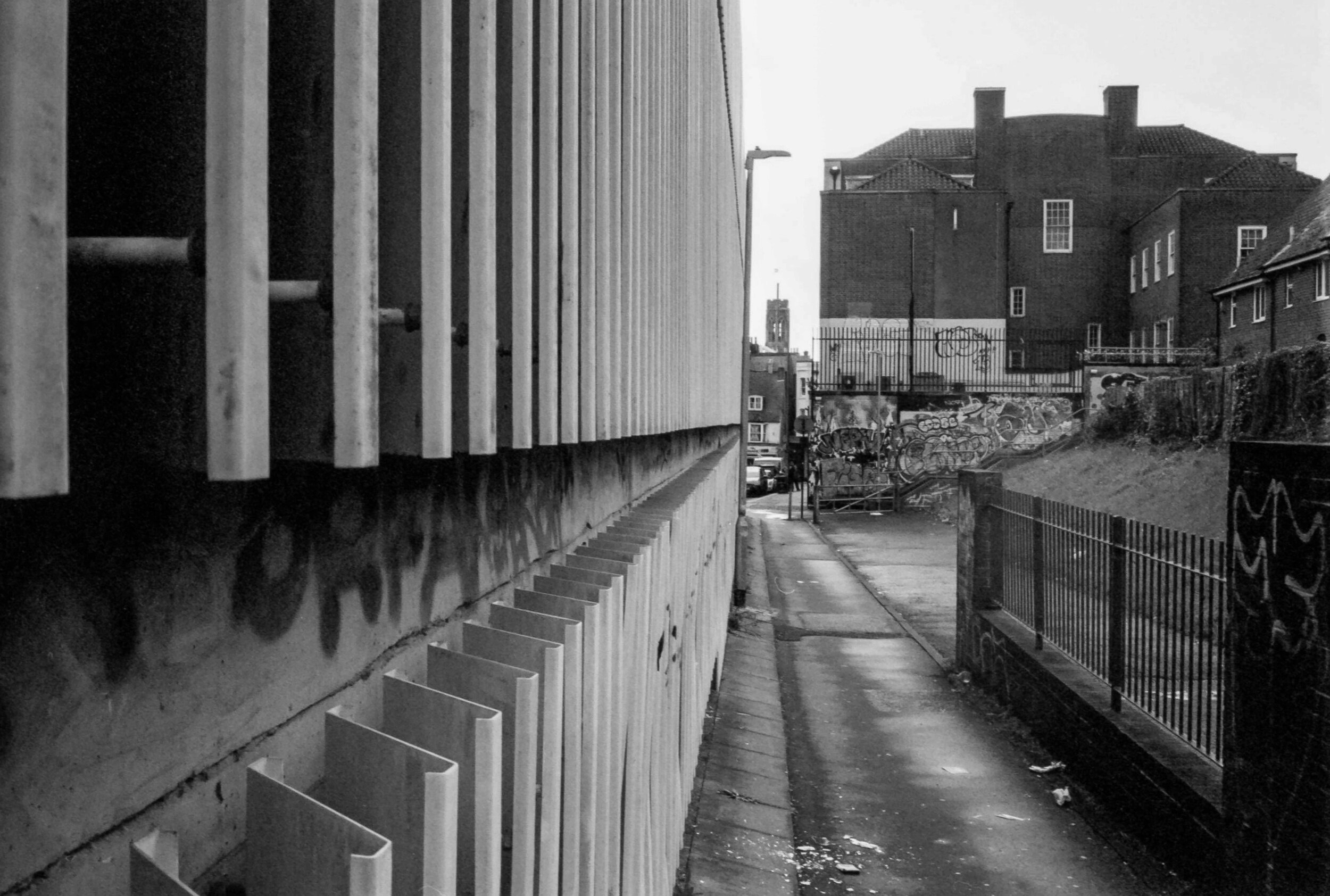Of the many hobbies and leisure activities that I have had over the years, the two that have stood out as having an awesome community, where knowledge, encouragement and help has been in abundance is the motorbike community and film photography community.
I had my fun getting my full bike license at 42 years old (yes a midlife crisis) and rode for 11 months, but after a very lucky escape from a potentially nasty accident, I decided to retire my leathers and continue on a more sedate basis.
The film industry shares many similar approaches to the biking community. When using my film cameras whilst out on photo walks, I have had complete strangers ask me what I’m using? (Normally when I have the Pentax 67 around my neck), or isn’t that cute (when I have the TLR).
It’s the complete opposite when you generally get digital camera snobbery (read all the gear no idea).
The same goes for asking film related questions on Twitter or Instagram, followers or even complete strangers, are happy to share the wealth. I love it. It's what makes the community thrive.
What I have enjoyed about film and the benefits of it, is having one eye of the traditionalist approaches, call it the scientific and one eye on the creative / pioneers that contest the perceived expected norm.
This series aims to share guides and tricks that I have found on my quest to simplify and establish a consistent workflow using and shooting with film.
I don’t aim to plagiarise or steal the authors findings, rather share and credit them.
First up is the groundbreaking blog post by Johnny Patience entitled ‘The Zone System is Dead’.
This is quite simply essential reading deconstructing the longstanding authoritative Zone System by Ansel Adams.
I think this is relevant for film photography in general, but all the more pertaining to street photography. Read in conjunction with Johnny’s other essential blogpost ‘Metering for film’ it demystifies the process of exposing and developing for film, based on the latitude and density of the negative.
I have been shooting at half box speed (iso 400 film at iso 200 in camera), for a couple of years and favour the look and density of the negative. This weekend, I tried developing the same roll at 1 stop over (iso 400 film at 800).
See a couple of examples of the film shot at half boxspeed (iso 400 film speed shot at iso 200 in camera), which is then overdeveloped by one stop at iso 800 development times:






My initial thoughts are you have to pull the whites and highlights to the left in Lightroom, to tweak the highlights, but the density of the negative and the blacks is lovely. I also find there is less tinkering in general.
Hopefully this will help share the knowledge, but definitely head over to Johnny’s blog and read the above two posts!!
until next time, keep snapping.
A selection of the images within this article are available for sale on the Website or Etsy Store, if you would like to enquire about something else, please click the email icon at the foot of this page.
